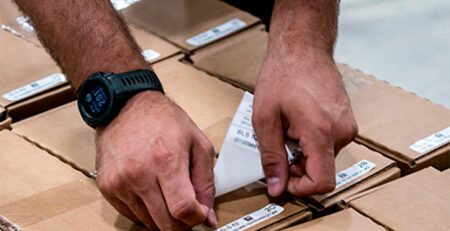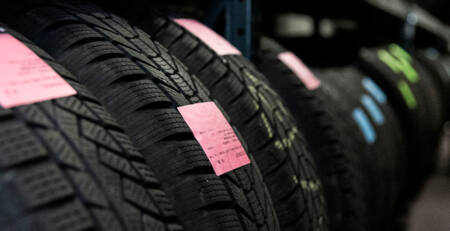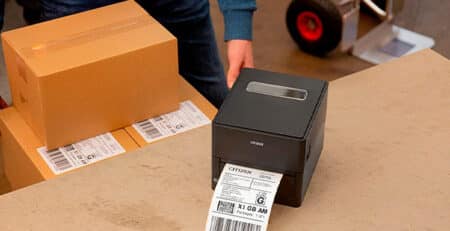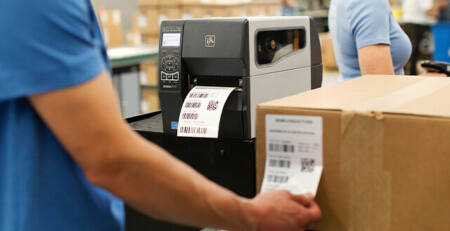How do you choose the best label printer for your business?
It can be surprisingly complex to find the right label printer for a professional environment.
Needs vary significantly from industry to industry – and even between different functions within the same company. While some need to label goods for store shelves, others focus on high-speed shipping labels or long-lasting labels in production environments.
A label printer is not just a technical tool, but a part of a company’s daily operations that needs to be precisely adapted to the task at hand. That’s why it’s crucial to choose based on specific application scenarios rather than general recommendations.
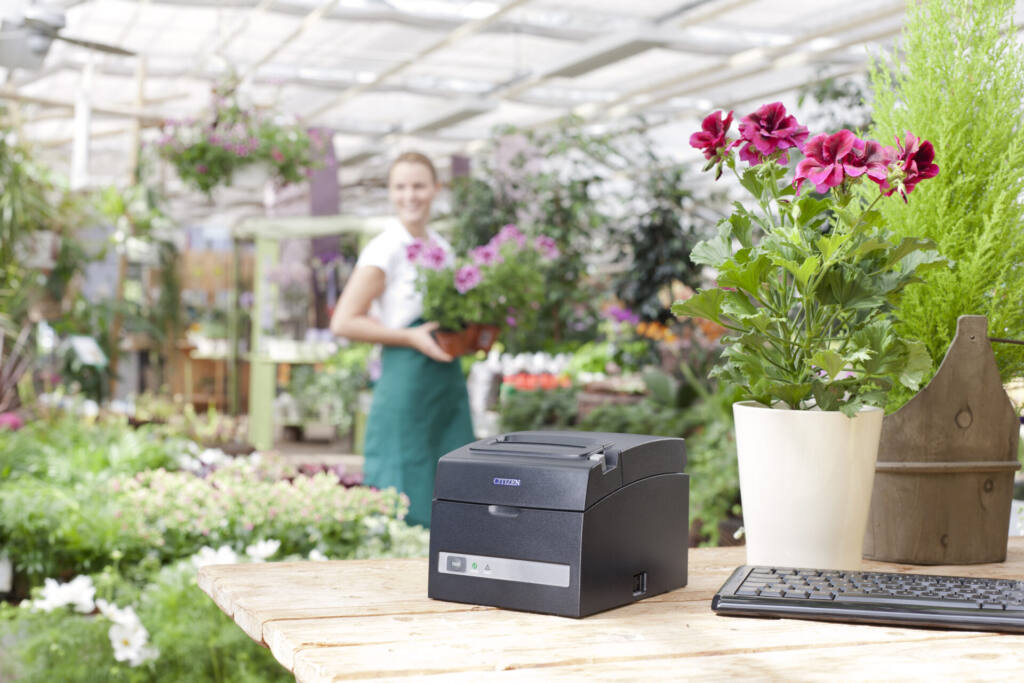
Understand the technology types: Thermo transfer and direct thermo
When choosing a label printer, it’s important to understand the difference between the two most common printing methods: direct thermal and thermal transfer. The choice of technology has a big impact on how your labels work in practice – and how long they last.
Direct thermal: Simple and efficient
Direct thermal printer without the use of ribbon. Instead, the label material reacts to heat and forms the print directly on the surface. This makes the technology suitable for temporary labels such as shipping labels and receipts where durability is not crucial.
This method requires minimal maintenance and is suitable for environments with low to moderate humidity and no direct sunlight, otherwise the print may fade over time.
Thermo transfer: When durability matters
Unlike direct thermal, thermal transfer uses a ribbon to transfer print to the label. This ensures a durable result that is suitable for both indoor and outdoor use – even where temperature fluctuations and contact with chemicals may occur.
Thermal transfer is particularly useful when labels need to last for a long time, such as for permanent stock marking or labeling of production equipment.
Which label printer is right for your work environment?
Once the technology choice is made, the next step is to find a label printer that matches your daily tasks and workflows. Both physical space and organizational needs come into play here – and it can be crucial to think practically and long-term.
To make an informed choice, you should consider the following:
- Print volume: How many labels do you print in a day or week? For low usage, simple desktop models are best, while industrial applications require high capacity and robustness.
- Label size: Do you need small labels or large shipping labels? Some printers only support standard dimensions, while others can adapt to flexible formats.
- Accessibility and mobility: Does the printer need to be moved between departments, used on the warehouse floor or in the store? A compact model with mobility can be crucial for flexibility.
- Connectivity options: Check if you need USB, Wi-Fi or Bluetooth. If multiple employees need access, network connectivity is often the most stable choice.
By matching these criteria with the specific environment, you get a reliable solution that fits into the daily rhythm of your business – regardless of industry or sector.
Think integration and operations – not just hardware
The choice of label printer should be seen as part of a larger system, not as an isolated unit. In many companies, print solutions are linked to order processing, inventory management and shipping platforms – and a label printer should be adaptable to the setup you already use.
This could be integration with ERP systems, where labels are automatically generated from orders, or with logistics and labeling software. The better the interaction between printer and systems, the fewer manual steps – and the lower the risk of errors.
Future-proofing is also about ensuring that the printer can evolve with your business. Choose a model that supports relevant drivers, is compatible with different operating systems and can handle new label types if needs change.


